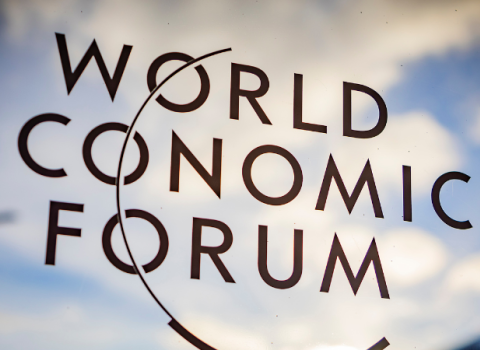Sergio Bertolucci, former CERN scientific director, argues the need for a rapid R&I force to mobilise disruptive technologies more quickly in future emergencies

Sergio Bertolucci, former CERN scientific director. (Photo source: CERN).
In the past few months, we have all seen why breakthrough research and innovation matter: Without them, we would have no hope of vaccines, treatments or any other way back from the COVID-19 crisis.
But we have also seen how hard it is to mobilise the necessary know-how in a global emergency. We want to change that.
By past standards, the COVID-19 response has been astounding. Since the disease began spreading globally, literally millions of researchers and innovators around the world dropped what they were doing and refocused on the pandemic. Thousands of draft, pre-print research results began appearing online. More than 200 vaccine projects are now underway. Countless applications of contact-tracing, testing, monitoring, data analysis and visualisation, artificial intelligence and other domains are in development.
Governments and foundations responded, too. By 22 May, at least 139 different public calls for research grant applications were completed – an unprecedented surge of fast cash from around the world. The European Commission started awarding “emergency” research grants within a few weeks of the crisis hitting here, and its European Innovation Council quickly began repurposing old calls and adding new ones to invite COVID-19 ideas. Individual EU projects did their part, too: several ideas developed by innovators in ATTRACT, a consortium funding early-stage “disruptive” technologies of which I chair the scientific committee, have been quickly applied to COVID-19 work.
So far, so good. But still: Here we are, six to 24 months away from a mass vaccine (if then.) Still struggling to find reliable treatments, or understand the biology. Still arguing over the feasibility, security, privacy and practicality of apps, tests and other technologies we need to get our economies and lives back to some semblance of normality.
A rapid R&I force
There has to be a better way. I propose that we create an emergency technology reserve. When future catastrophes strike, it would muster the necessary scientific and technological expertise instantly. It would be a repository, or network, of knowledge – disruptive ideas and technologies – that can be instantly mobilised for the benefit of humanity. It would be a Rapid R&I Force.
This force would be cross-sectoral, drawing technologies from health, transport, energy, food and other sectors. It would be urgent and demand-driven: providing fast technologies to devise solutions, monitor and trace populations, or deploy humanitarian aid. It would help ensure continuity of supplies, making sure we have the necessary technologies here in Europe for whatever emergency arises. It would speed our return to normalcy.
This force could be part of Horizon Europe, the EU’s main research and innovation programme. It would talent-scout and incubate disruptive technologies, proposed “bottom-up” by individuals and teams. These technologies would be at an early stage of development, but – as we saw with the EIC and ATTRACT projects – once started could be quickly applied to the new emergency.
It would be guided by an open innovation philosophy. It would be run out of a single funding instrument, so that the different research communities can more easily meet, collaborate and cross-fertilise each others’ ideas, technologies, products and services.
It would also go beyond technology to include, from the start, input from the humanities and human-centric design. As we have seen, in a crisis, social acceptance and human sensitivity has to be built into any coping strategies from the start: it’s no use designing a wonderful protective mask if you don’t also think about the psychology of getting people to wear them, making them comfortable – even, making them a bit “cool.” These should all be built in beforehand, not bolted on afterwards.
Let’s see it as a “Black Swan” initiative – a technology force to deal with the vanishingly rare, but devastatingly disruptive, events like COVID-19. The term, of course, was popularised in a somewhat different sense before the financial crisis of 2008 by economist Nassim Nicholas Taleb. But it’s certainly relevant now, and will be in future.
We will in future, it appears, have no lack of catastrophes to cope with – and not just health crises. As former head of the Italian government’s Major Risks Committee, I saw how critically important good and fast technical advice is when earthquake strikes – or even better, to see it coming. And climate change has not gone away: wildfires, drought and rising sea levels are still with us, and will in all probability multiply and magnify.
The COVID-19 crisis is a call to action. As Peter Piot, the famed Belgian virologist who pioneered Ebola research, put it recently:
“I hope the lesson will really be that we can’t afford as a society to create the fire brigade once the house is on fire. We need that fire brigade ready all the time hoping that it never has to be deployed.”
Sergio Bertolucci is a professor at the University of Bologna, chair of the ATTRACT scientific committee, and former scientific director at CERN. He will be among the speakers at a Science|Business Webcast conference 8 June, 1500-1600.





 A unique international forum for public research organisations and companies to connect their external engagement with strategic interests around their R&D system.
A unique international forum for public research organisations and companies to connect their external engagement with strategic interests around their R&D system.